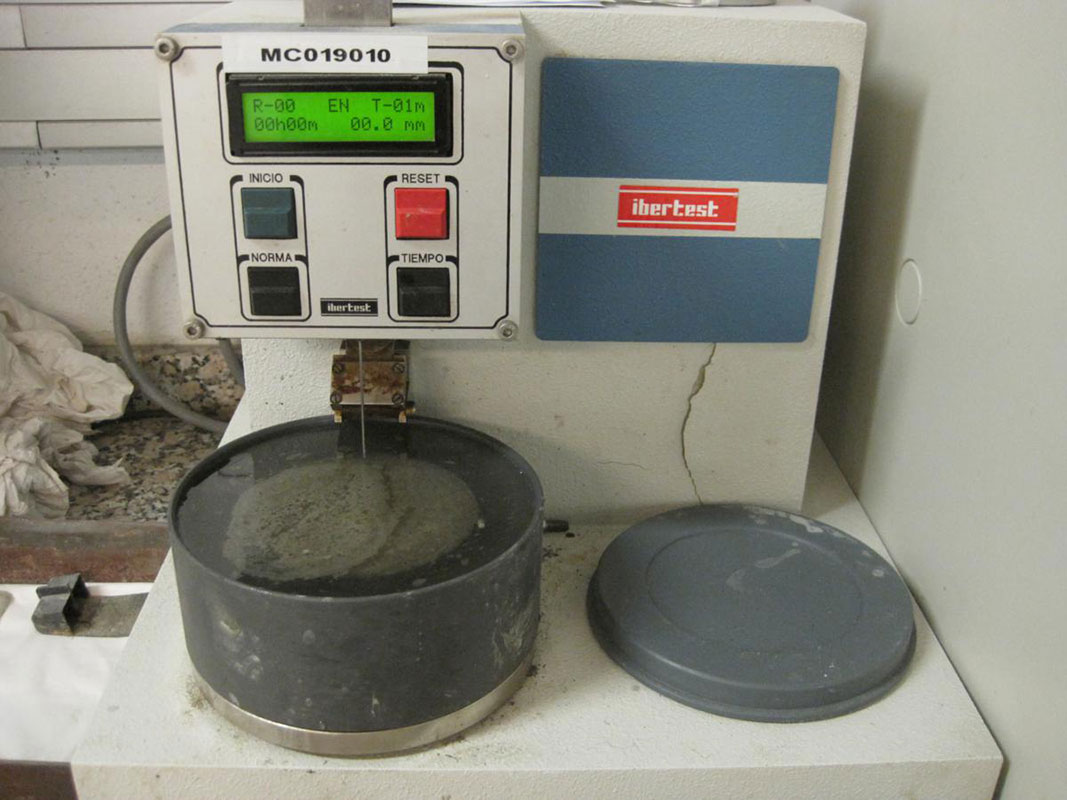MEBAM
MORTARS MADE OUT OF BY-PRODUCTS FROM THE IRON AND STEEL INDUSTRY
30% of the more than 600,000 tonnes per year of steel slag generated in the Basque Country comes from the production of special and stainless steel. 20% of the 181,000 tonnes of used foundry sands per year are chemical sands (phenolic, furanic or silicate-chemical), all of which are destined for landfill. The knowledge and previous experience gained in the PISSAM project with concretes based on secondary materials is a useful starting point for a new product line. The signing and deployment of the Basque Government's Voluntary Agreement with the Foundry Sector to recycle all used moulding sands requires new operational technical solutions to be available on the market.
HORMOR, a company specialising in precast concrete, has led MEBAM, with the collaboration of the TECNALIA Technology Centre, and with waste materials from various facilities in the Basque Country.

DRIVING FACTOR


 OBJECTIVES
OBJECTIVES
- Develop and validate new mortars from the recovery of industrial by-products from common steel production processes, and from the recovery of chemical moulding sands from foundries.
- Combine steel sand, from slag generated in the steel production process, and foundry moulding sands as a substitute for natural limestone sand in the manufacture of new masonry mortars and, in particular, for the construction, renovation and conservation of residential, industrial and commercial buildings.
- Boost market activation of these new mortar lines as a viable alternative by proposing and applying Green Public Procurement criteria.
 RESULTS
RESULTS
- Manufacture of masonry mortars incorporating moulding sand and white slag, with dosages that include both materials combined, in addition to a percentage of cement, and which achieve appropriate mechanical strengths.
- 36% reduction in the production costs of the new mortars.
- 50-84% improvement in all assessed environmental impacts.
- While all three moulding sands studied were found to be valid, only one of the two sources of white slag had chemical and physical-mechanical properties suitable for use in cement-based mortars.
 CONCLUSIONS
CONCLUSIONS
- MEBAM has proven the technical feasibility of the use of three chemical moulding sands and a white slag in the manufacture of masonry mortars, minimising their environmental impact in terms of the consumption of raw materials of natural origin.
- The white slag must be recovered before use by deferrisation, treatment, removal of metal traces with a magnet and screening below 2 mm.
- A durability study of cement-based products incorporating moulding sands and white slag needs to be carried out in order to guarantee their long-term performance.
ENVIRONMENTAL
TECHNICAL
ECONOMIC
COMMERCIAL
ON THE MARKET




